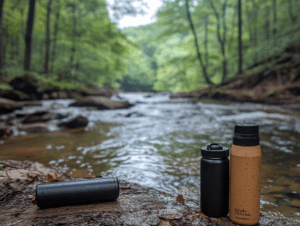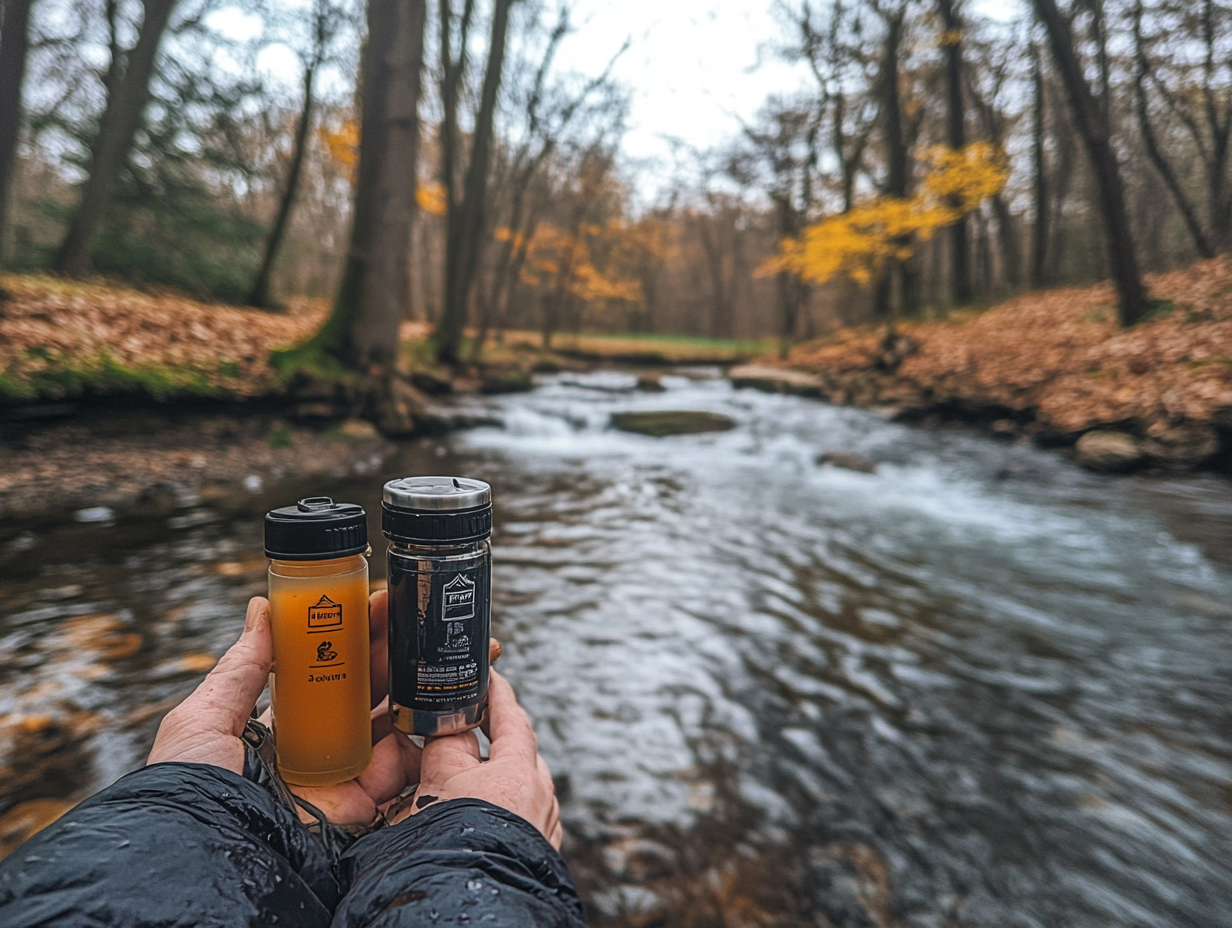Hydroponics vs. Aquaponics for Preppers: The Ultimate Guide to Sustainable Off-Grid Food Production

Introduction
In a world where self-reliance is becoming more critical, many preppers are exploring innovative methods to secure their food supply. Hydroponics and aquaponics are two groundbreaking solutions for sustainable food production even when you're off the grid. But which system should you choose to best suit your prepping needs?
Understanding Hydroponics and Aquaponics
Before diving into the differences, it's essential to understand what hydroponics and aquaponics entail. Both systems utilize soilless farming techniques but vary in approach and benefits.
What is Hydroponics?
Hydroponics involves growing plants in a nutrient-rich water solution without using soil. The plants' roots are either submerged in or misted with the solution and supported by inert media like perlite or clay pellets.
Benefits of Hydroponics:
- Faster plant growth
- Uses up to 90% less water than traditional farming
- Can be set up indoors in small spaces
- Minimal pesticide use
What is Aquaponics?
Aquaponics is a system that combines hydroponics with aquaculture. It allows fish and plants to grow together in one integrated setup. Fish waste becomes an organic nutrient source for the plants, while plants purify the water for the fish.
Benefits of Aquaponics:
- Closed-loop system, highly sustainable
- Produces both plant and protein (fish)
- Reduced waste through natural ecosystems
- Less reliance on chemical fertilizers
Hydroponics vs. Aquaponics: Which is Best for You?
Choosing between hydroponics and aquaponics depends on various factors, from available space to personal preferences. Here are key considerations to guide your decision.
Space and Location
Hydroponics:
Ideal for limited spaces and urban settings, offering flexibility in setup, whether vertical or horizontal.
Aquaponics:
Requires more space due to aquaculture tanks and is more suitable for backyard settings or larger areas.
System Complexity
Hydroponics:
A simpler setup with fewer components, easier maintenance, and troubleshooting.
Aquaponics:
More complex due to integrating fish and plants, requiring balanced aquaculture management.
Cost Considerations
Hydroponics:
Lower initial setup costs but ongoing expenses for nutrient solutions.
Aquaponics:
Higher initial investment needed for fish tanks and pumps, but offers dual harvest potential (vegetables and fish).
Environmental Impact
Hydroponics:
Closed system minimizing water waste, but requires synthetic nutrient solutions.
Aquaponics:
Natural waste recycling with a minimal environmental footprint, promoting biodiverse ecosystems.
How to Decide: Key Considerations for Preppers
- Space Available: Consider your living situation and available space for setup.
- Resources: Evaluate your access to initial investment and ongoing resources.
- Climate: Choose a system based on your local climate conditions.
- Food Needs: Decide between priorities for vegetable or dual production (vegetable and fish).
Making the Most of Your System
Hydroponics Tips
- Regularly test and adjust nutrient solutions.
- Ensure proper lighting for indoor systems.
Aquaponics Tips
- Maintain a balanced fish-to-plant ratio.
- Monitor water quality and fish health diligently.


```
